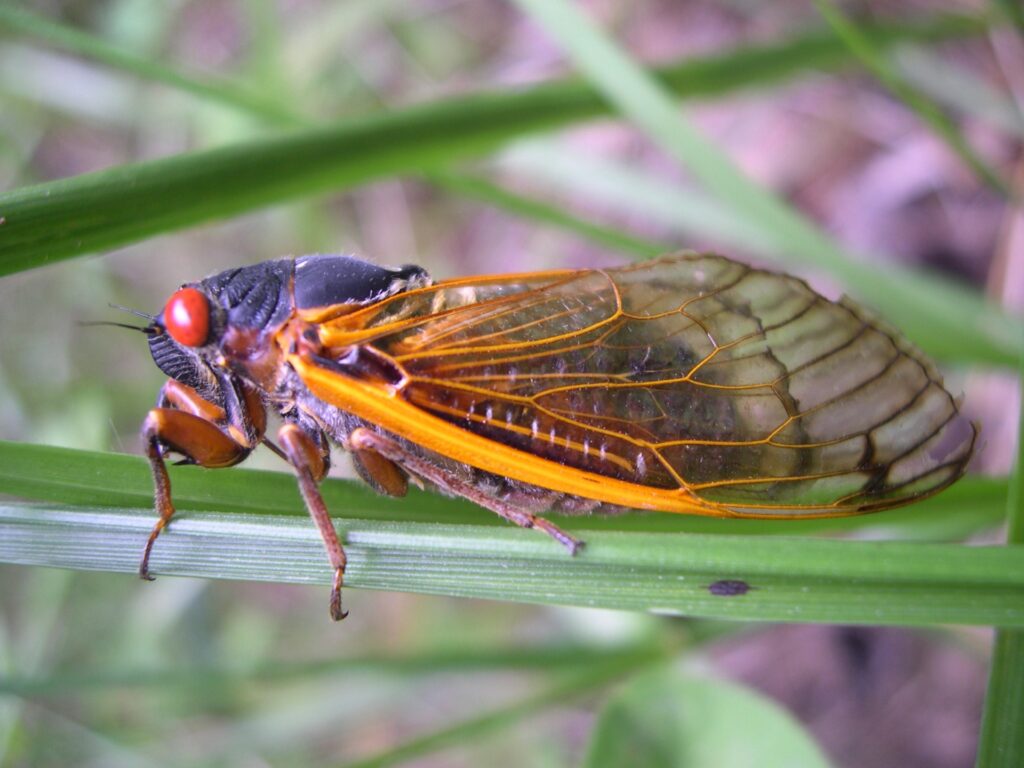Don’t let the headlines fool you. The imminent brooding of two varieties of cicadas and the noise they bring with them is not a sign of the apocalypse.
However, the batch of buzzing, whining, screeching and screaming creatures that are emerging from the ground in North America in 2024 constitutes a rather rare event.
The last time these two specific varieties of the Cicadidae superfamily of insects expected to emerge together this year happened in 1803 when Thomas Jefferson was president.
MORE: Commercial and warehouse space proposed in Evans, off Washington Road thoroughfare
According to University of Connecticut researchers, one variety of the orange eyed bugs emerges every 13 years and the other every 17 years, and this is the first time in over two centuries that the two varieties’ life cycles have synced up, meaning millions of the little critters will appear and make their presence known very loudly for about two weeks.

There are a lot of misconceptions about cicadas, with people fearing a Biblical event of swarms of locusts killing crops and causing mayhem, but according to UGA Veterinary Entomologist Nancy Hinkle, the insects cause no harm to humans, animals or our prized tomato plants. Cicadas only emerge to mate, not eat. However, they are a great source of protein for predators…including humans.
In fact, Hinkle says cicadas are quite tasty.
“They taste like soft shell crab, and they are very easy to cook, because when they emerge as adults, they don’t eat. There is nothing in the gut to clean out,” HInkle says.
While there are recipes all over the internet, Hinkle recommends catching them early in the morning when they are resting in the trees, plucking off the wings and legs and sauteing them in garlic butter.
“I like them with a little Worcestershire sauce added in,” Hinkle said.
Before you cringe at the thought of eating a bug, Atlas Obscura reminds us that cicadas once meant feast time every year for Native Americans all across the continent.

For those who would prefer not to eat them directly, cicadas make the perfect bait for fish. According to the Georgia Department of Natural Resources, smallmouth bass, largemouth bass, catfish, striper and trout will all bite at a live cicada thrashing about on the surface.
Blane Chocklett, an ambassador for Scientific Anglers, is quoted by that publication as saying that cicadas provide “some of the best fly fishing on planet Earth.”
According to Hinkle, cicadas and their unique life span are a mystery to science.
As larvae, cicadas of the different varieties live underground. The young cicadas feed off the roots of oak and other hardwood trees, doing virtually no damage to the adult tree. Then at some cosmic-set period of time, sometimes after well over a decade, the entire brood spontaneously emerges like it is prom night and the limo is waiting.
“We have studied them and never have been able to figure out what causes them to all come out at the same time. They come out, the males sing, they find their females and mate; the females lay eggs and then they all die and disappear,” Hinkle said.
Scott Hudson is the Senior Investigative Reporter and Editorial Page Editor for The Augusta Press. Reach him at scott@theaugustapress.com










